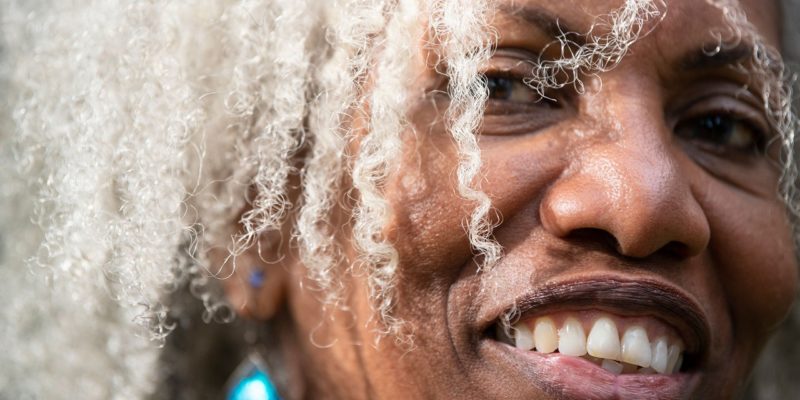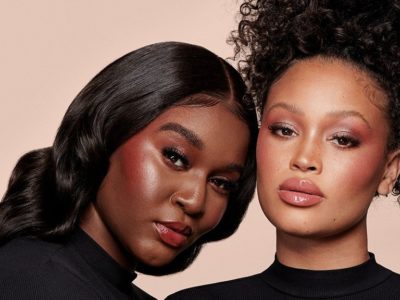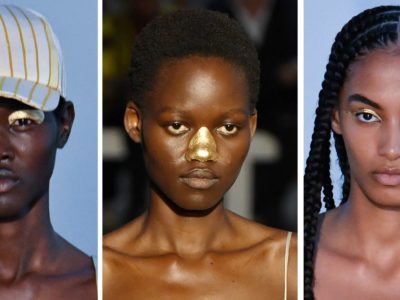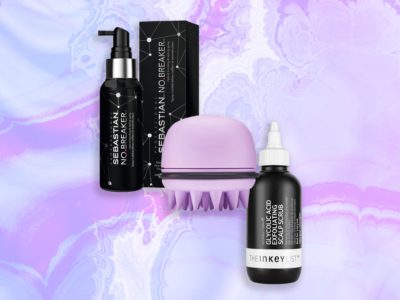
As a result, our hypersensitive, dry skin is prone to inflammatory skin conditions: rashes, rosacea, perioral dermatitis, contact dermatitis, and — for some of us — teen-angst-era acne breakouts.
It’s important to note that perimenopause and menopause look a bit different in women of color. “In terms of sagging, we may look different because we’re going to be less likely to have photo aging; we don’t really get sunspots the way white skin does,” says Michelle Henry, a clinical instructor of dermatology at Weill Cornell Medical College. “Ultimately, our melanin is beautiful and protective, but it’s not permanent; at some point, we will see fine lines and wrinkles, just usually a decade later than our white counterparts.”
But where skin of color may take longer to show sagging and volume loss, it has its own particular challenges. “We do get kind of a mottled pigmentation, we do get hyperpigmentation, and that uneven skin tone is part of our aging process.” Skin of color can also be prone to DPN, or dermatosis papulosa nigras — papules of various sizes that appear mainly on the face.
But in the end, is all skin — regardless of skin tone — prone to hypersensitivity, dryness, and the estrogen imbalance which causes all manner of inflammation, including acne? “Yes, absolutely,” says Henry. “The consequences can be a bit different because with melanin any inflammatory process – which acne absolutely is – can result in hyperpigmentation.”
Now that we know we’re all going to be impacted by menopause in some way, let’s talk about what to do about it.
Acne
Graf says non-drying forms of topical antibiotics such as clindamycin, metronidazole, and azithromycin along with retinoids are helpful when managing acne in older skin. All three dermatologists interviewed are also fans of androgen-blocking spironolactone, which, according to Graf, also may help with hair loss in women. She’s also a fan of topical sulfur, as prescribed or found in over-the-counter treatments (we like the new Topicals Faded). “It kills everything — bacteria, mites – so it’s great for rosacea and acne as well,” she advises. Gohara noted that another new androgen blocker, Winlevi, also shows promise.
Your daily routine is critical, which means using the right cleanser, one formulated to exfoliate and cleanse gently without stripping valuable moisture from the skin. Women of color might look for ingredients such as glycolic acid to help trap moisture while exfoliating and brightening dark spots; options abound from brands like Mario Badescu, Peter Thomas Roth, and Vichy, to name a few.





